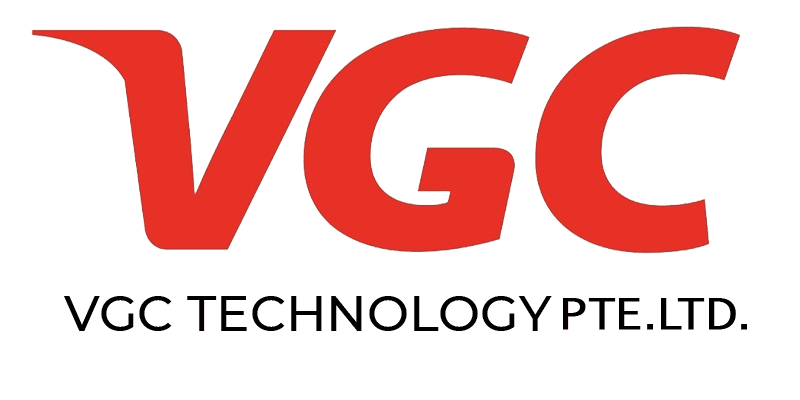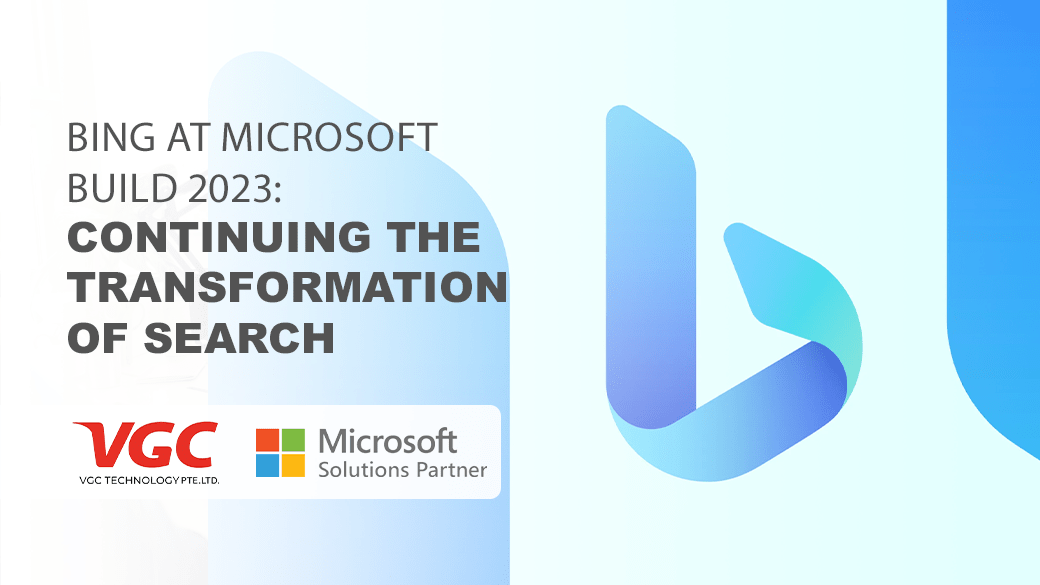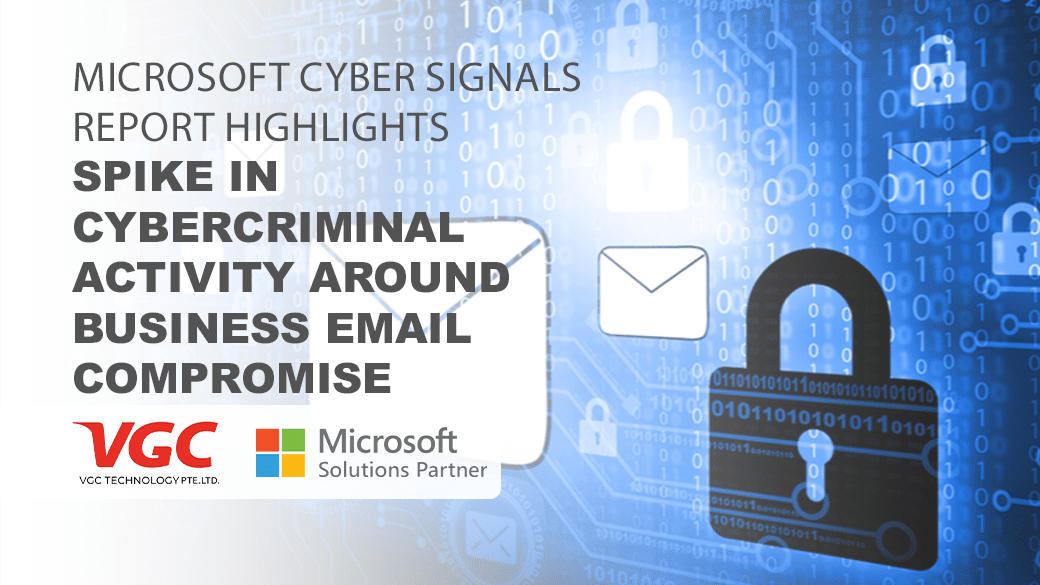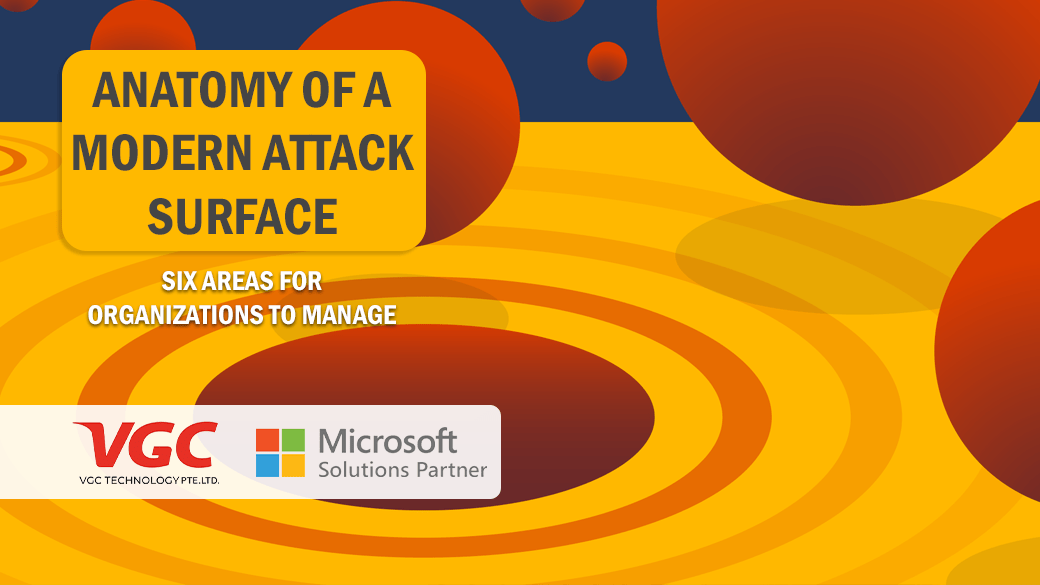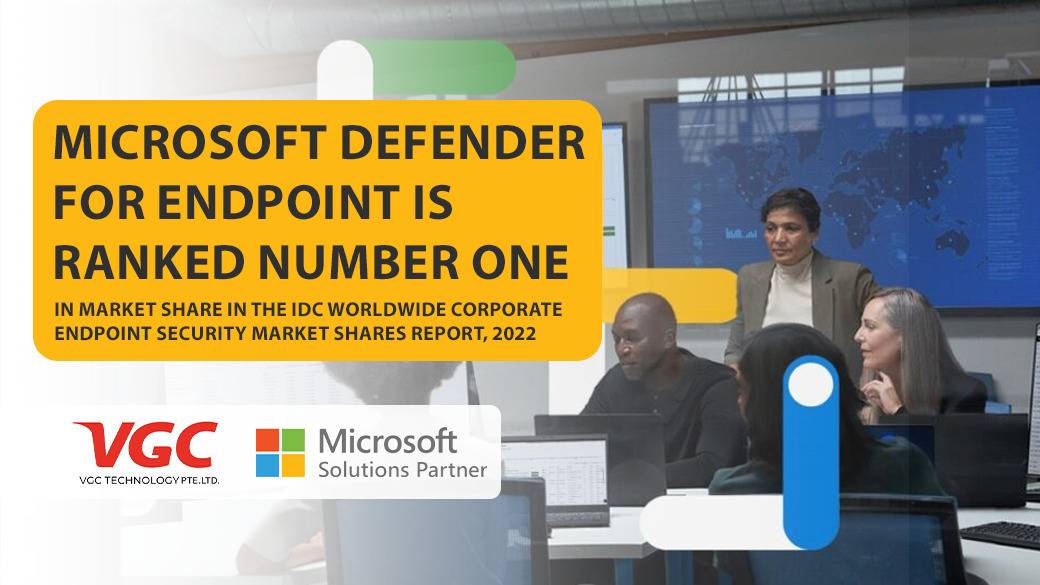
Microsoft Defender for Endpoint is ranked number one in market share in the IDC Worldwide Corporate Endpoint Security Market Shares report, 2022
A version of this article was first published on the Microsoft blog. Rob Lefferts Corporate Vice President, Microsoft 365 Security Read Original Article Microsoft security
